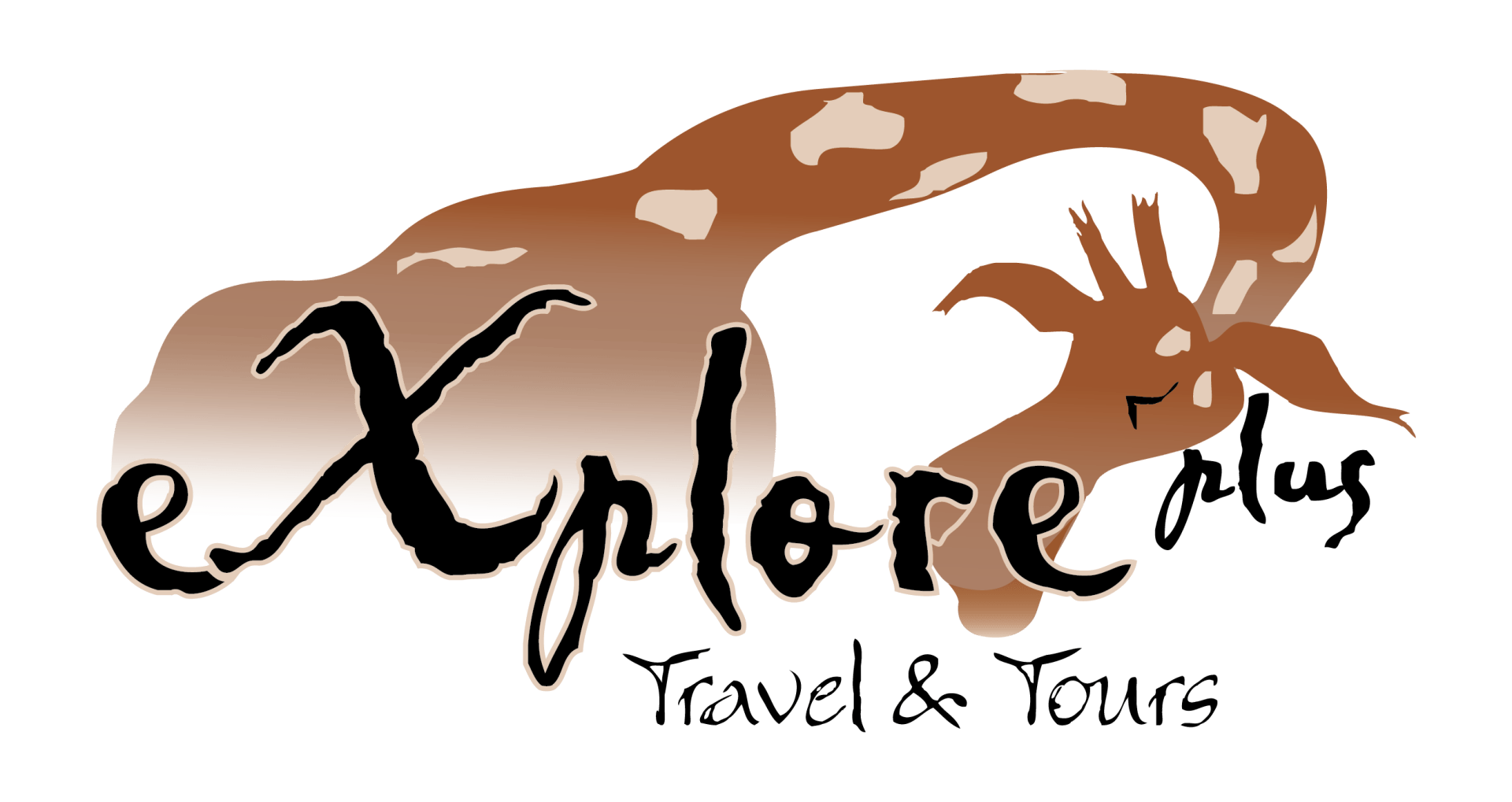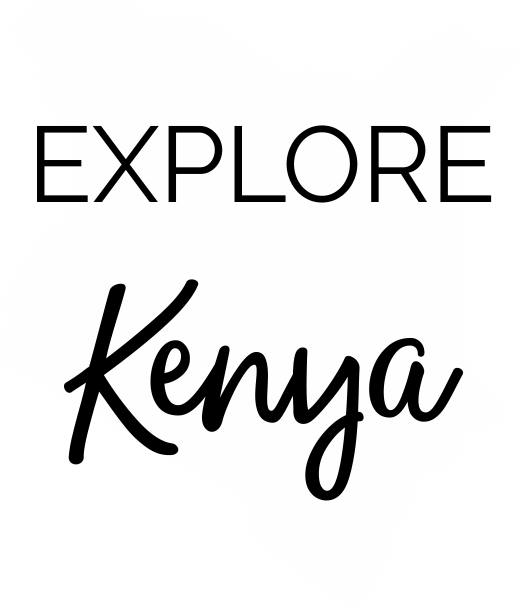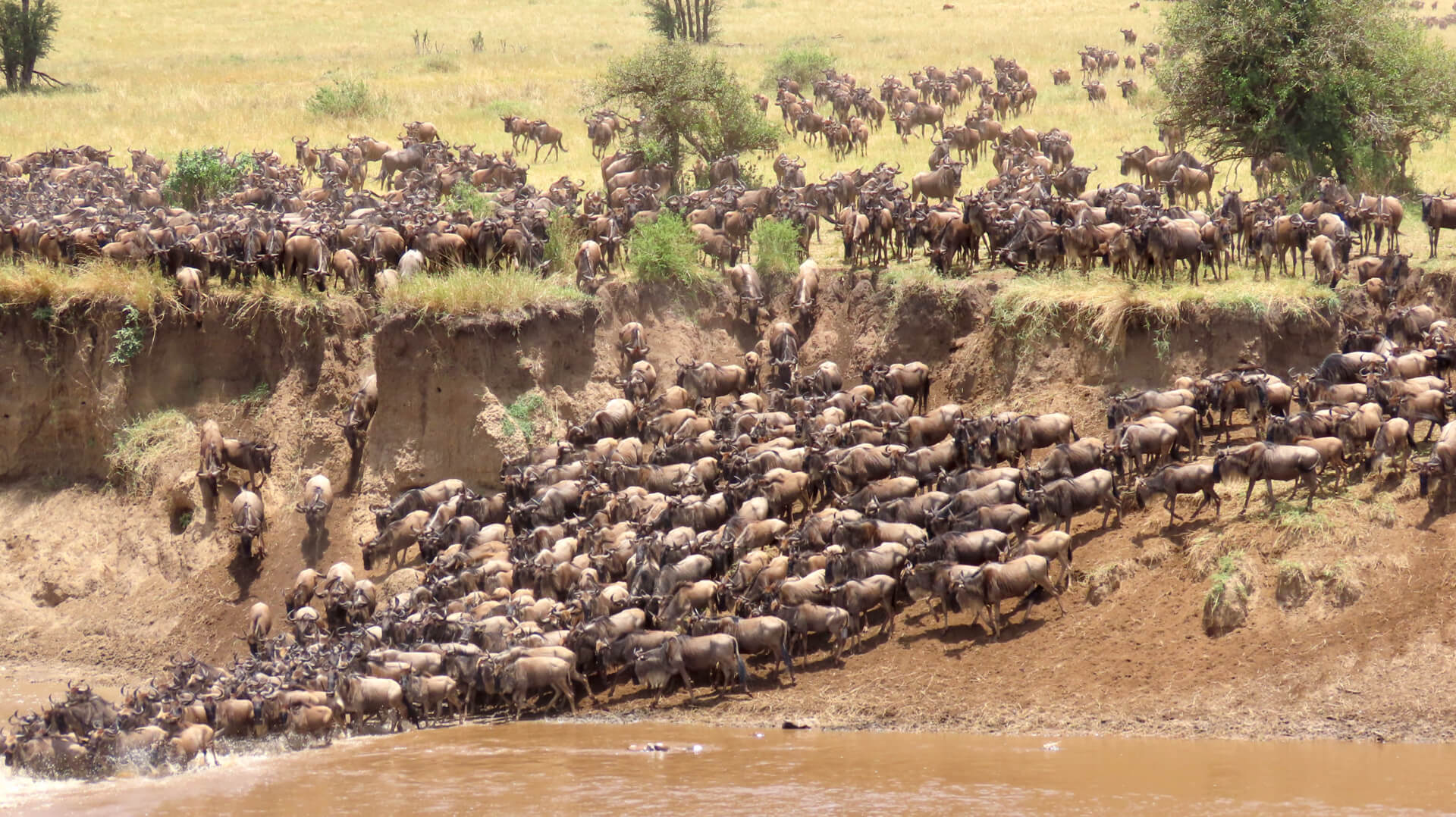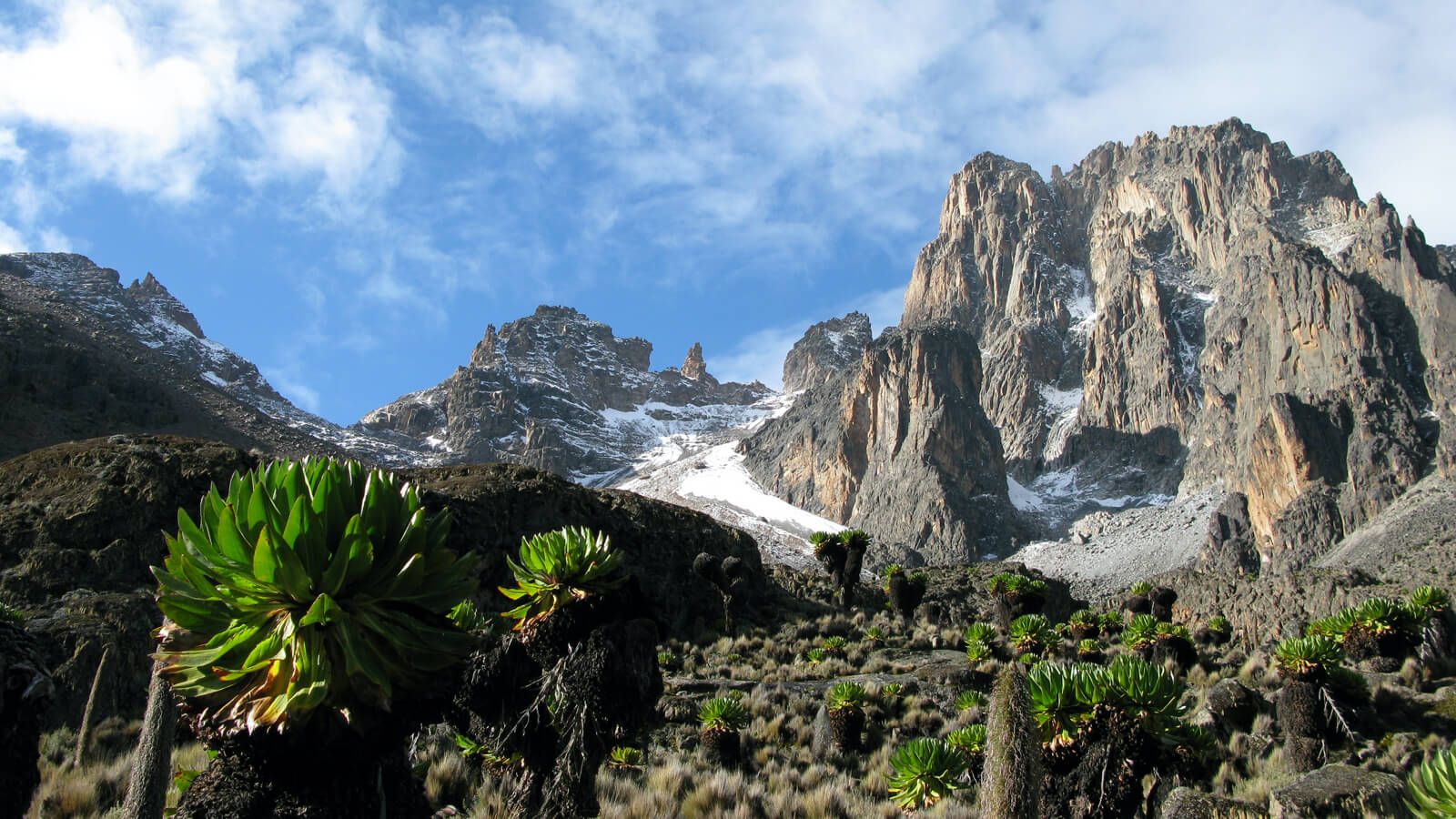Best of East Africa Kenya Safari
SET DEPARTURE SAFARI
Experiencing the best safari in Kenya starts off with you enjoying a boat cruise on Lake Naivasha with Big Five sightings at the world renowned Masai Mara National Reserve. The Serengeti National Park with its vast plains support thousands of wildebeests, zebras and gazelle and the predators that follow in their wake. The Ngorongoro Crater is packed with animals and offers sweeping views from its rim with Lake Manyara and the Great Rift Valley Escarpment displaying dramatic scenery. The safari ends with a visit to the Amboseli National Park which is set against the magnificent backdrop of Africa's highest mountain, Kilimanjaro. Join us for a n unforgettable 11-day safari adventure to spot the Big Five, meet Maasai warriors and witness East Africa’s stunning natural beauty!
Our set departure safari offers the opportunity to explore the best of Kenya & Tanzania while enjoying the company of an intimate group of like-minded safari enthusiasts, on a set itinerary.
Itinerary
-
Day 1: Nairobi Airport / Nairobi
Our friendly safari team will welcome you at Nairobi Airport and will transfer you to the hotel in Nairobi.
Stay: Sarova Pan Afric Hotel (Standard room)
Meals: Breakfast
-
Day 2: Nairobi / Amboseli National Park
*Optional: Visit a Maasai Village in Amboseli NP
Drive to Amboseli National Park, renowned for its large herds of elephants and the stunning snow-capped peaks of Kilimanjaro, which serve as a breathtaking backdrop to the park's many attractions. The park features a diverse range of landscapes that complement its variety of wildlife. Swampy wetlands, lush woodlands, sprawling savannahs, and the remnants of a dried-up lake all contribute to the park's spectacular scenery.
Stay: Amboseli Serena Safari Lodge (Standard room)
Meals: Lunch, dinner & breakfast
-
Day 3: Amboseli / Lake Naivasha National Park
Early morning game drive in Amboseli, catching your last views of Kilimanjaro before returning to the Lodge for breakfast and check-out. Our journey continues to Lake Naivasha. Enjoy an afternoon boat safari on Lake Naivasha before checking into our lodge overnight.
Stay: Lake Naivasha Sopa Lodge (Standard room)
Meals: Lunch, dinner & breakfast
-
Day 4: Lake Naivasha / Lake Nakuru National Park / Lake Naivasha
After breakfast, we drive to Lake Nakuru National Park, which means "Dust or Dusty Place" in the Masai language. The beautiful Lake Nakuru National Park is situated on the Great Rift Valley floor, surrounded by wooded and bushy grassland. The Park is fenced off as a sanctuary to protect the highly endangered Rothschild giraffes and black and white rhinos. Bird species inhabit the Lake and the surrounding area, including flamingos, African fish eagles, Goliath heron, hammerkop, pied kingfisher, and Verreaux eagle. Enjoy game drives in the Park with a late afternoon return to Lake Naivasha for the night.
Stay: Lake Nakuru Sopa Lodge (Standard room)
Meals: Lunch, dinner & breakfast
-
Day 5: Lake Naivasha NP / Masai Mara National Reserve
We leave the lake area behind and drive through the Rift Valley to the Masai Mara National Reserve, followed by an afternoon game drive in the Park. The annual highlight is the Great Wildebeest Migration (between July and October), creating one of the world's supreme natural spectacles. The wildebeest form a magnificent sight when they enter the Mara and cross the crocodile-infested waters of the Mara River.
Stay: Mara Serena Safari Lodge (Standard room)
Meals: Lunch, dinner & breakfast
-
Day 6: Masai Mara National Reserve
*Optional: Masai Mara Balloon Safari
Make a reservation for the early morning balloon safari (own account), or enjoy morning and afternoon game drives (or a full-day game drive). You will see some of the "big five." The great diversity of species present in this area is impressive. The Masai Mara has the highest concentration of land mammals compared to all other parks!
Stay: Mara Serena Safari Lodge (Standard room)
Meals: Lunch, dinner & breakfast
-
Day 7: Masai Mara NR / TANZANIA BORDER / Lake Victoria
Cross-border into Tanzania
After breakfast drive from the Masai Mara to the Kenya/Tanzania border at Isebenia/Sirari which is west of the national parks near Lake Victoria. With an afternoon at leisure, you can relax at the lodge or participate in one of the activities offered by the lodge.
Stay: Serenity on the Lake Resort (Bungalow)
Meals: Dinner, breakfast & lunch
-
Day 8: Lake Victoria / Serengeti National Park (Ndabaka Gate)
Enjoy the morning relaxing at the resort or choose from the optional excursions offered by the resort. After an early lunch at the Lodge, we drive to the Serengeti National Park, which is 20km from Lake Victoria. We enter through the Ndabaka Park gate in the Western Serengeti. We enjoy en-route game drives to the Lodge. Arrive late afternoon in the Central Serengeti with herds of animals running across vast open spaces and predators hunting their prey.
Stay: Serengeti SSignature Camp (Standard room)
Meals: Lunch, dinner & breakfast
-
Day 9: Serengeti National Park
*Optional: Serengeti Balloon Safari
Enjoy a full day in the Serengeti National Park
Stay: Serengeti Signature Camp(Standard room)
Meals: Lunch, dinner & breakfast
-
Day 10: Serengeti National Park / Ngorongoro Crater
An early morning start is required today as we bit the Serengeti farewell and drive to Ngorongoro Crater to enjoy an extended game drive along the crater floor. A steep entry track leads us 600m to the magnificent Ngorongoro Crater floor (the Garden of Eden). The crater floor comprises several distinct areas, ranging from forest, swamps, lakes, and springs to open grassland with fantastic wildlife. A drive through the forest will allow you to feast your eyes on some of the most spectacular green vegetation you will ever see. Late afternoon drive to the access point, followed by a short drive to your lodge.
Stay: Ngorongoro Coffee Lodge (Standard room)
Meals: Lunch, dinner & breakfast
-
Day 11: Ngorongoro Crater / Lake Manyara NP / Arusha / Kilimanjaro Airport
Our last day is spent on cultural tourism, supporting the local villagers “Giving Back”. The activities are on foot. It’s a great day out, and the walking guided tour takes approximately 2 hours. You will enjoy listening to the tribes playfully teasing each other about their ways of life. Our journey to this Tanzanian village ends with the perfect ingredients to prepare a home-cooked meal testing authentic African food. We shall enjoy our meal together while learning about African tribe traditions. At midday, we drive back to the City of Arusha at the end of the tour, dropping you at Arusha Airport for your flight to Zanzibar Island or Dar es Salaam, or we proceed to transfer to Kilimanjaro International Airport, 55Km another 1hr 30min drive at 17:30hr, for your onward international flight back home.
End of Services.
Dates:
- Return airport transfers
- Accommodation in Nairobi with breakfast
- Accommodation on safari on a full board basis (breakfast, lunch & dinner)
- Shared 4x4 stretched Land Cruiser safari vehicle
- 1x Ngorongoro Crater tour
- Unlimited kilometres during the safari
- Services of your professional and knowledgeable English speaking driver/guide
- All national park entrance fees
- Comprehensive support from our operational office in Tanzania for the duration of the safari
- International flights.
- Entry visa to Tanzania & Kenya
- Yellow Fever – COMPULSORY!
- Travel Insurance (Highly recommended)
- Meals and drinks not specified
- Laundry services
- Gratuities to the driver/guide, hotel staff & porters
- Maasai Boma visit fee
- Balloon safari
- All expenses of a personal nature
- Malaria – Kenya & Tanzania are malaria areas
Dates & Prices
SET DEPARTURE DATES:
This 11-Day Best of East Africa Tours and Safaris experience departs twice a month. Anyone can join this safari, and as long as there is a minimum of 2 passengers, the safari will run.
*Max 6 clients per vehicle.
Departing twice a month: Request our 2025 Safari dates from our Safari Specialists: info@exploreplus.co.za
Rates:
| SA RESIDENTS: | INTERNATIONAL: | |
|---|---|---|
| Per Person Sharing: | Please contact one of our consultants | Please contact one of our consultants |
- Request a quote from our Safari Specialists for the most current rates and availability on our set departure safaris.
- The exchange rate used (bank selling rate): R18.80 to US$1.00
- Please treat all pricing as a guide only.
- The rates may vary according to season changes.
- All rates are subject to increases beyond our control, including fuel price, government taxes and exchange rate fluctuations.
- *Maximum
6 clients per vehicle .
National Parks
Amboseli National Park
The park is 392 sq. km in size at the core of an 8,000 sq. km ecosystem that spreads across the Kenya-Tanzania border. It is famous for being the best place in Africa to get close to free-ranging elephants and other wildlife species. Here you will have the opportunity to meet the Maasai people and see spectacular views of Mount Kilimanjaro, the highest freestanding mountain in the world. Amboseli has a very fragile ecosystem, submitted to significant seasonal variations. During the wet season, the rains flood the lake bed and the surrounding area. The high salt deposits in the lakebed inhibits tree growth and only small patches of acacia and palm trees are found far from the lake. The salt-rich pastures provide good feed to the herbivores. Despite the first impression of the park being dusty and arid, Amboseli has abundant groundwater overflowing into various underground streams. They rise into two clear water springs in the centre of the park, giving birth to large marshes like the Loginya Swamp where elephants, hippos and buffalo's find refuge.
Lake Nakuru National Park
Lake Nakuru is internationally known for its flamingos. At times there may be almost two million flamingos inhabiting the area, forming a stunningly beautiful deep pink band around the edges of the lakeshore. This alkaline lake is recognised as being one of the natural wonders of the world. Lake Nakuru is also a rhino sanctuary, protecting a population of over 40 black and over 60 white rhino, but the flamingos have always been the main attraction. More than 400 bird species and over 50 mammal species have been recorded and it is perhaps the best place in Kenya to see leopards. Troops of black-and-white Colobus monkeys can be seen in the yellow-barked acacias. The rare Rothschild’s giraffe, herds of buffalo, dik-dik, klipspringers and eland are among the generally seen game.
Masai Mara Game Reserve
Bordering Tanzania's Serengeti National Park, Masai Mara offers a wide variety of wildlife and the best opportunity to see lions (some with gorgeous, long black manes) and cheetahs. It is common to see lions, hippos, crocodiles, antelope, giraffes, wildebeest, warthogs, baboons, hyenas, jackals, zebras, cape buffalo and dozens of birds, including ostriches, cranes, secretary birds, and storks in just one day of game viewing. Every year (between July - Oct), millions of wildebeest and zebras migrate into the Mara in search of water. The timing of this phenomenon varies, depending on the rains. Whether you see the migration or not, wildlife watching is good year-round, and the Mara will leave you with a lasting impression of Kenya. Rivers cross the landscape of rolling plains and dotted with lone acacia trees.
Lake Victoria
Standing in the heart of East Africa, Lake Victoria is an enormous mass of water that stretches across countries, cultures, and histories. A visit to the lake offers the chance to explore the diversity of local communities, as well as sight some of Africa’s most prized wildlife. It is the largest lake in Africa (second largest in the world) and chief reservoir of the Nile, lying mainly in Tanzania and Uganda but bordering on Kenya. Alongside a spectacular array of birdlife and wetland animals, such as the clawless otter and sitatunga, the lake has fostered a number of native species. Among these are several types of cichlid, many of which are notable by their vibrantly-coloured scales. More elusive – or, possibly extinct – is the deep-water Catfish. Dwelling at the bottom of the lake, which is 82 metres at its deepest, this little-known catfish is thought to have been brought to near extinction by the introduction of the Nile Perch. Lake Victoria is special for being one of only two places in East Africa where it’s possible to watch the sunset over water without being on the coast! Lake Turkana in Northern Kenya is the other.
Serengeti National Park
The Serengeti’s endless plains is a UNESCO World Heritage Site and is patrolled by Africa’s big cats, elephants, buffaloes, gazelles and giraffes and is perhaps most famous for the migration of animals. The principle players are the wildebeest, whose numbers appear to have increased to about 2 million. In addition, about 250,000 zebras make the seasonal journey to fresh pastures, first to the north, then the south after the rains. Their ancient instinct to move is so strong that no drought, gorge or crocodile-infested river can hold them back. In February the wildebeest cows drop their young in a synchronized birthing that sees some 300 000 to 400 000 calves born within two to three weeks.
Bird watching in the Serengeti is good all year round, at its very best from November to April.This is when European and North African migratory birds are present for resident species.
Ngorongoro Crater
The Ngorongoro Crater is the world’s largest unbroken volcanic caldera and is regarded as the 8th wonder of the world. It is one of the most diverse and fascinating areas of Tanzania and has been given the status of a World heritage site and International Biosphere Reserve. The fertile slopes and steep forest-covered walls are home to approximately 30,000 animals including the rare black rhino. The various ecosystems found within the 260 square kilometre crater floor sustain Cape buffalo, elephants, wildebeest, zebras, elands, gazelles, hippos, numerous bird species as well as a high concentration of predators. Although birdlife is generally good throughout the year, from November to April, migratory birds from Europe and Northern Africa are present and many resident birds are in breeding plumage.
Lake Manyara National Park
Located on the edge of the Rift valley, Lake Manyara is a remarkably species-rich reserve, especially known for its birds, elephants, flamingos and tree-climbing lions. En-route to Ngorongoro Crater and the Serengeti, Lake Manyara is well worth a stop in its own right. Its forests, bush plains, baobab-strewn cliffs and hot springs offer an incredible variety in a small area. The alkaline soda lake is home to an amazing array of bird life with the best birding opportunities from November to April. During this time the migratory birds from Europe and Northern Africa can be observed and many birds can be seen in their breeding plumage.
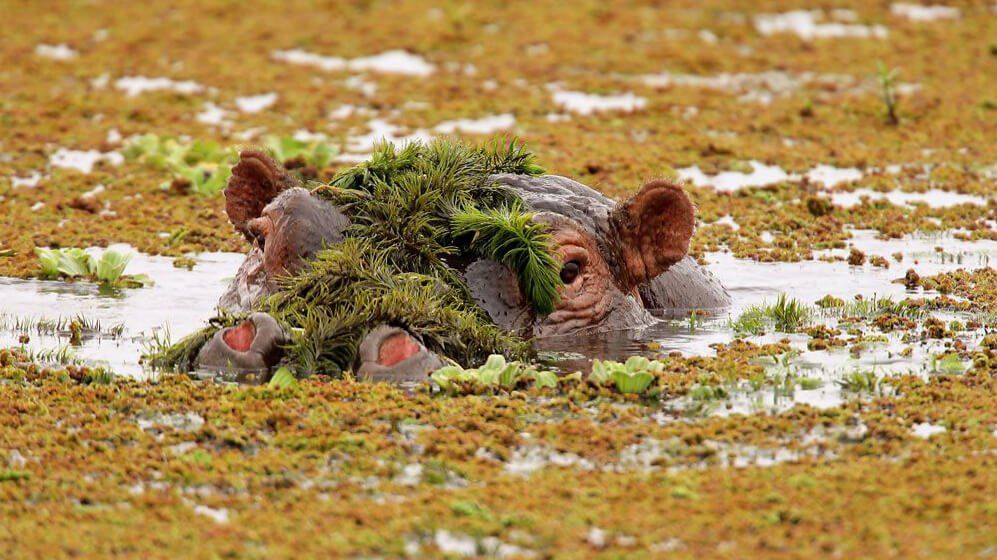
Slide title
Hippo in the Amboseli Swamps
Button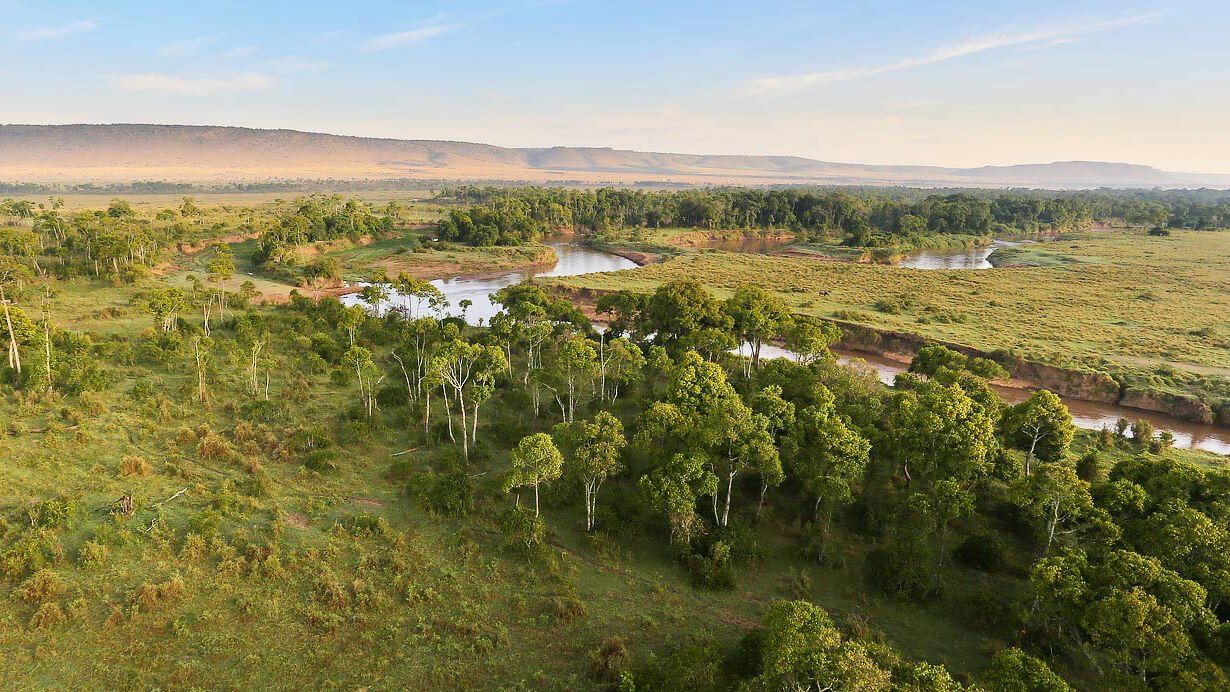
Slide title
Mara River - Masai Mara National Reserve
Button
Slide title
Mara Serena Safari Lodge - Mara Triangle
Button
Slide title
Amboseli National Park With Kilimanjaro As A Backdrop
Button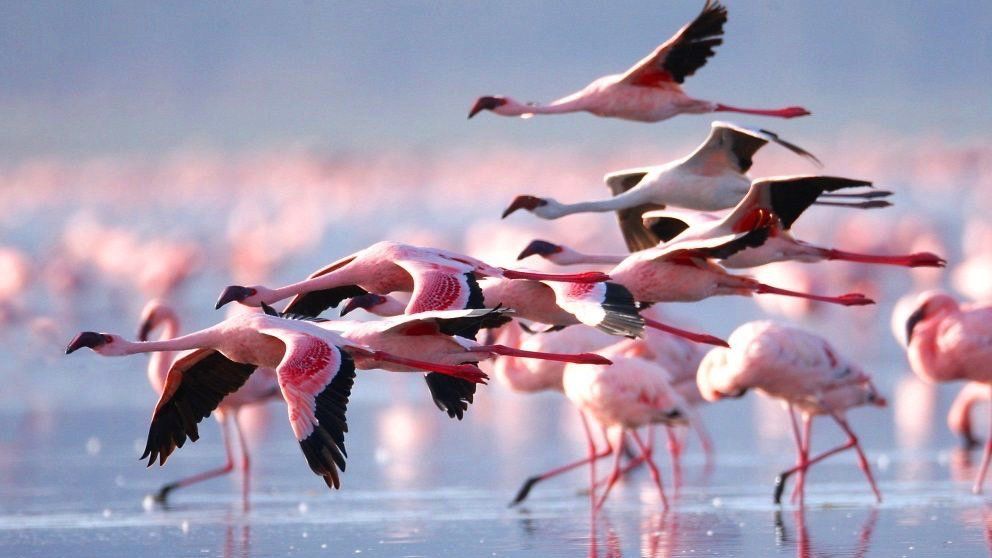
Slide title
Flamingos At Lake Nakuru National Park
Button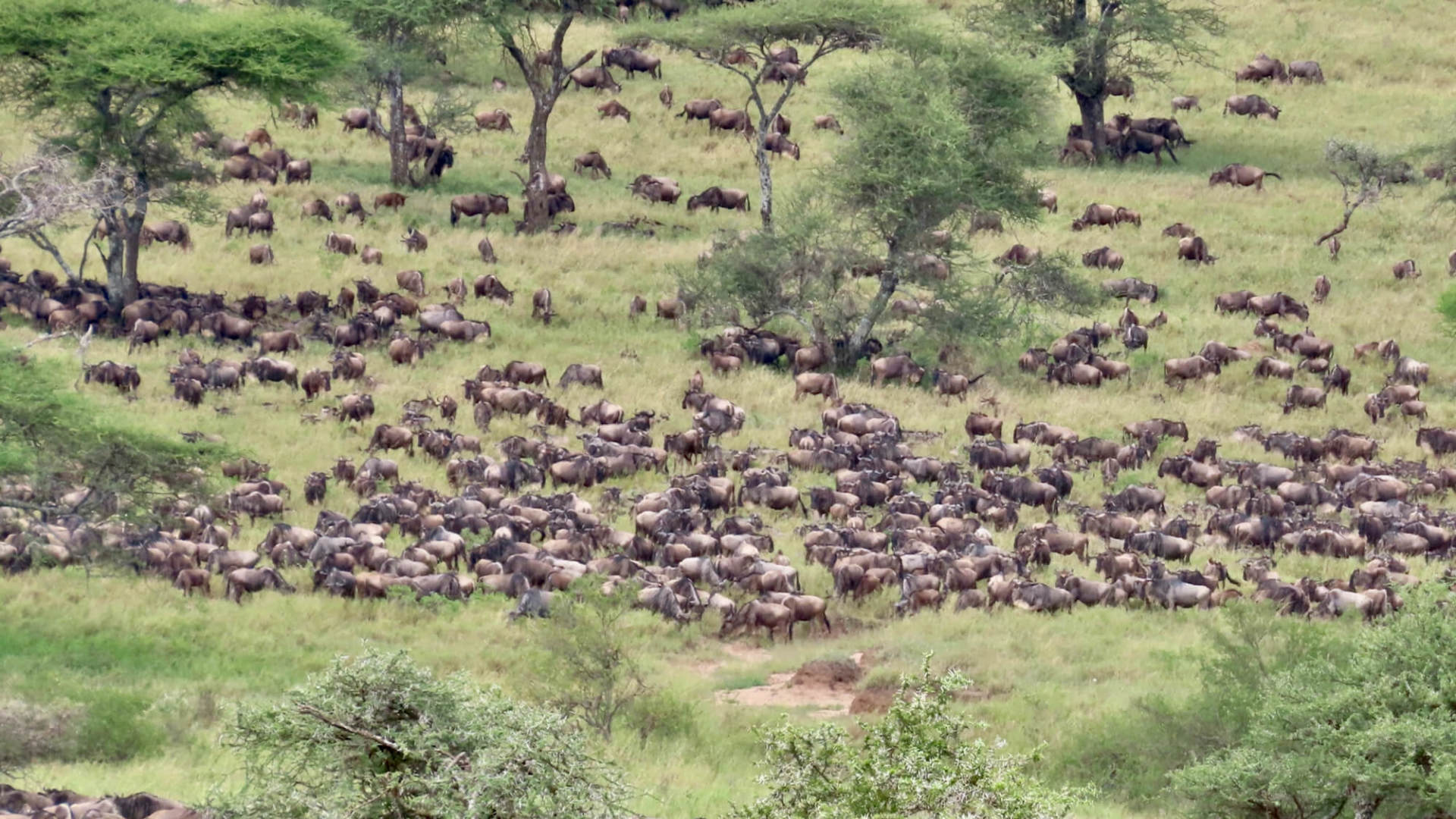
Slide title
Wildebeest Migration On The Serengeti Plains
Button
MASAI MARA SAFARI
6 days / 5 nights
Highlights: Lake Elmenteita / Masai Mara Nature Reserve
Date: Private Safari
ULTIMATE KENYA SAFARI
8 days / 7 nights
Highlights: Samburu NP / Lake Naivasha / Masai Mara NR
Date: Private Safari
MT KENYA CLIMB
7 days / 6 nights
Highlights: Sirimon / Chogoria Route
Climb: 5 days
Date: Private climb
What Our Clients Say About Our Safaris & Tours
SIGN UP FOR OUR NEWSLETTER
Africa is calling – Sign up to our newsletter today!Get exclusive access to the latest on exclusive offers, getaways and travel inspiration.
Contact Us
We will get back to you as soon as possible
Please try again later
Copyright © 2024 Digital Zoo Website Design Company - All Rights Reserved
Domain Registration
|
Email Address
|
Website Design
|
Graphic Design
|
Social Media Management
|
Search Engine Optimization
|
Online Marketing
|
Web App Developer
All Rights Reserved | Explore Plus Travel & Tours
All Rights Reserved | Explore Plus Travel & Tours
